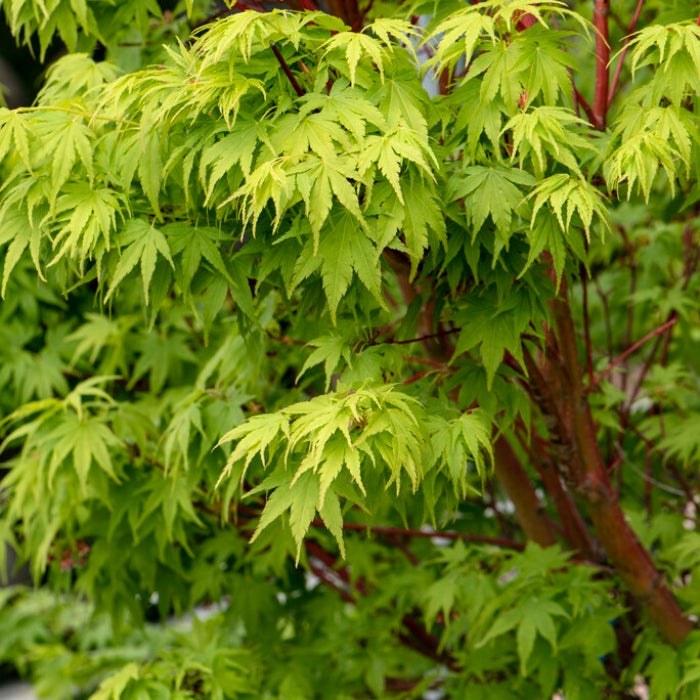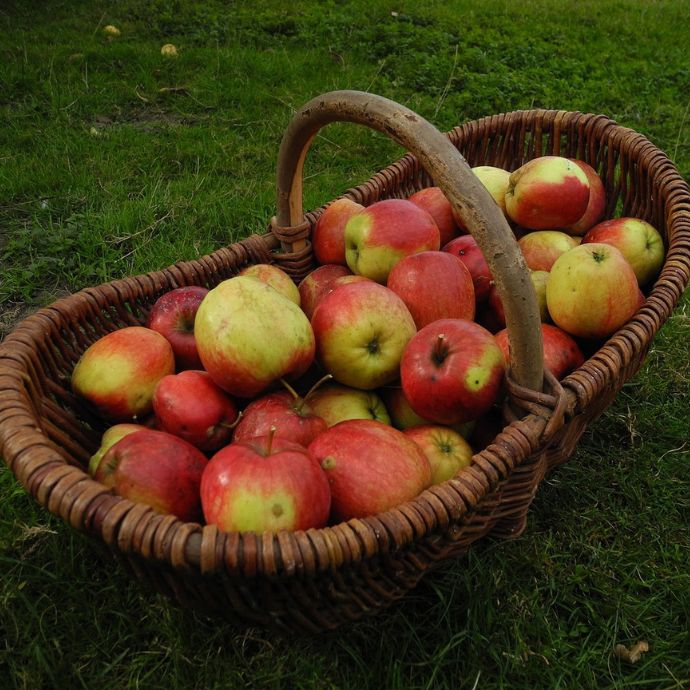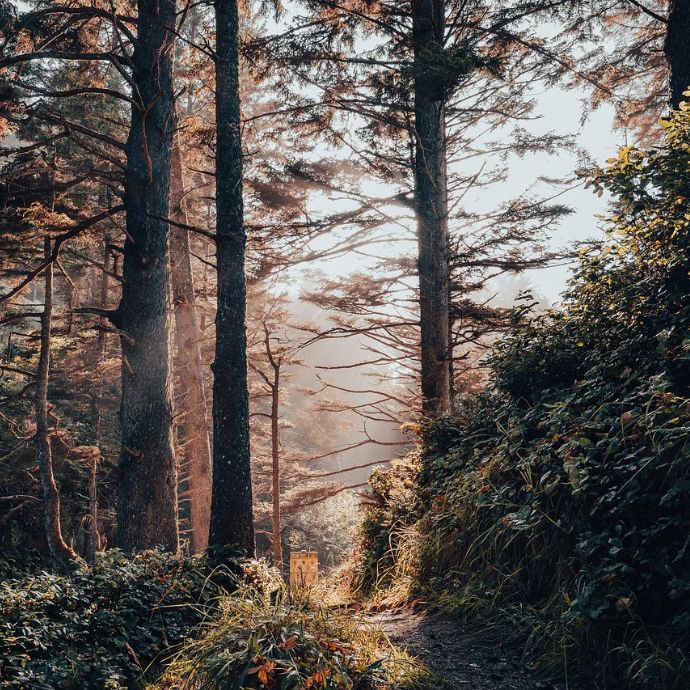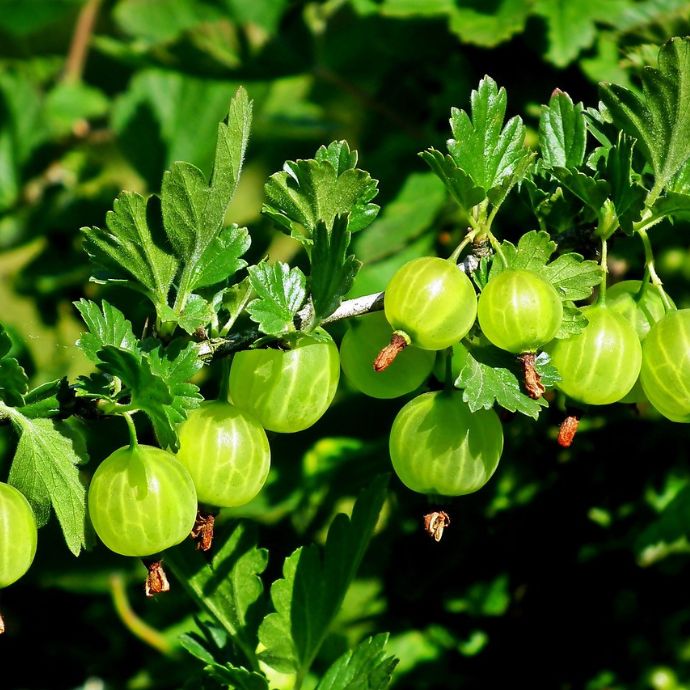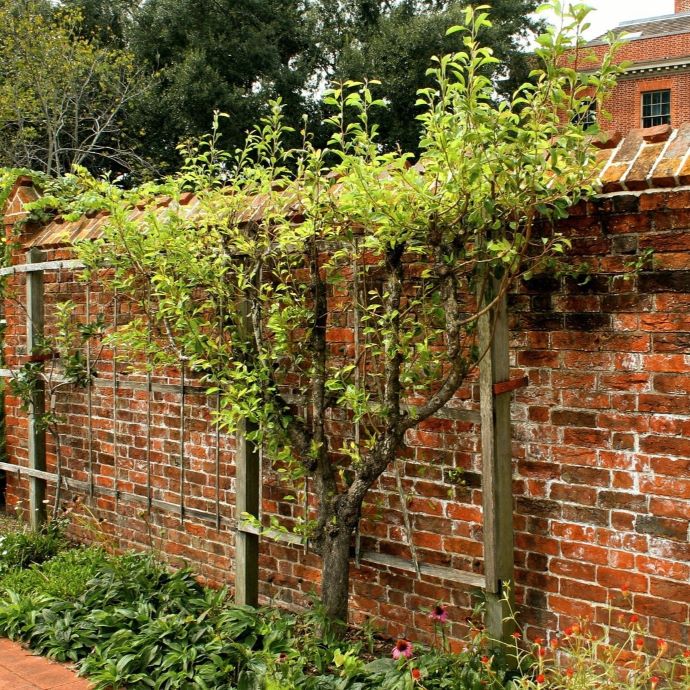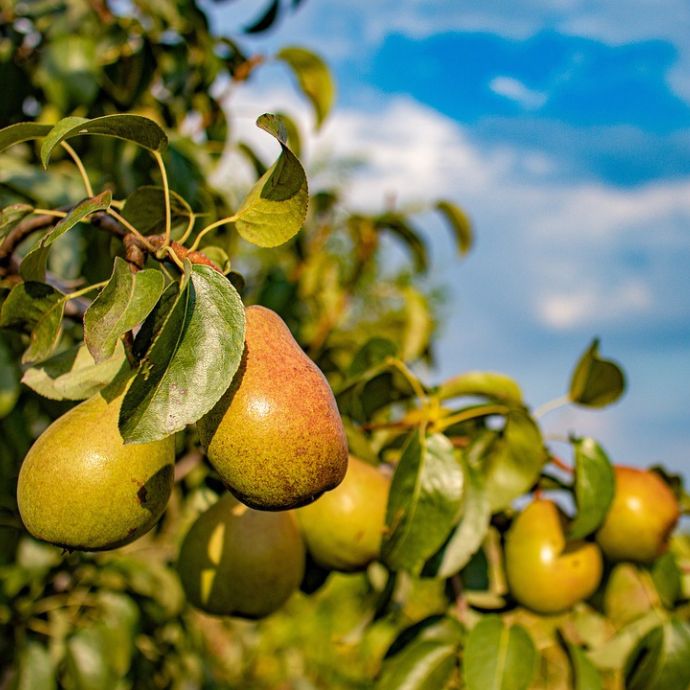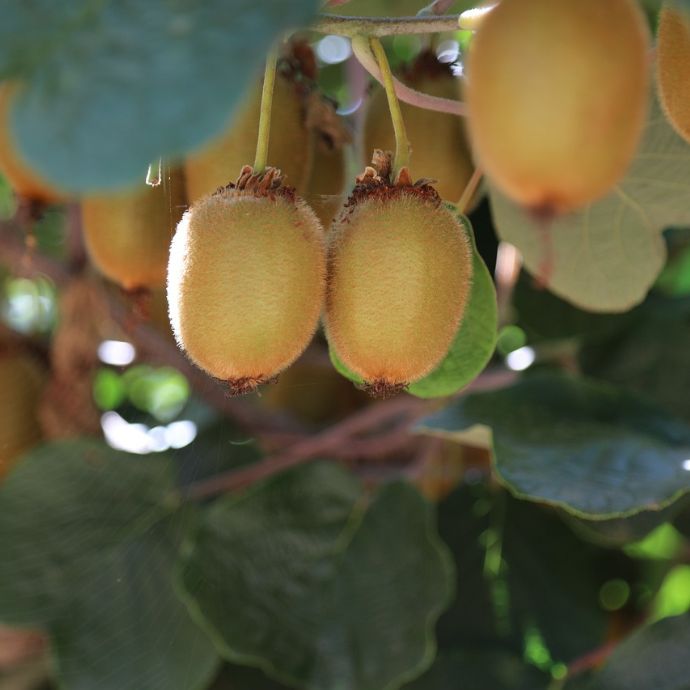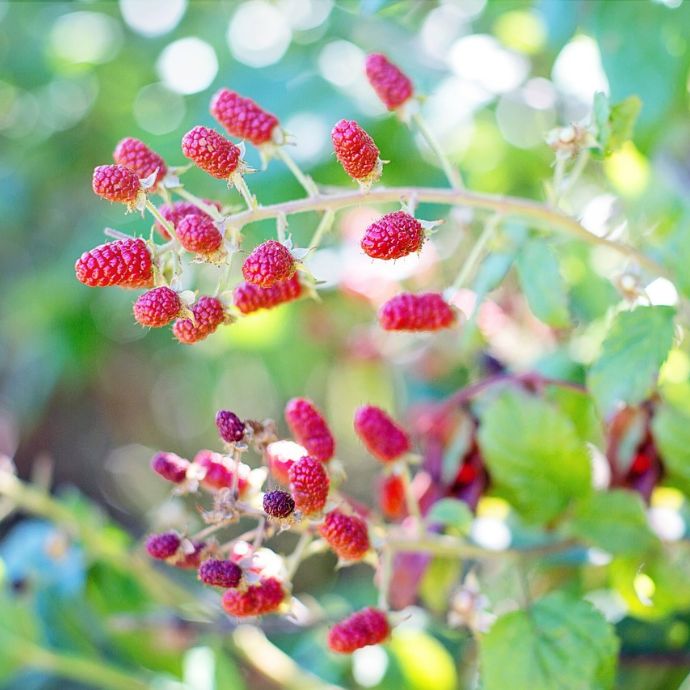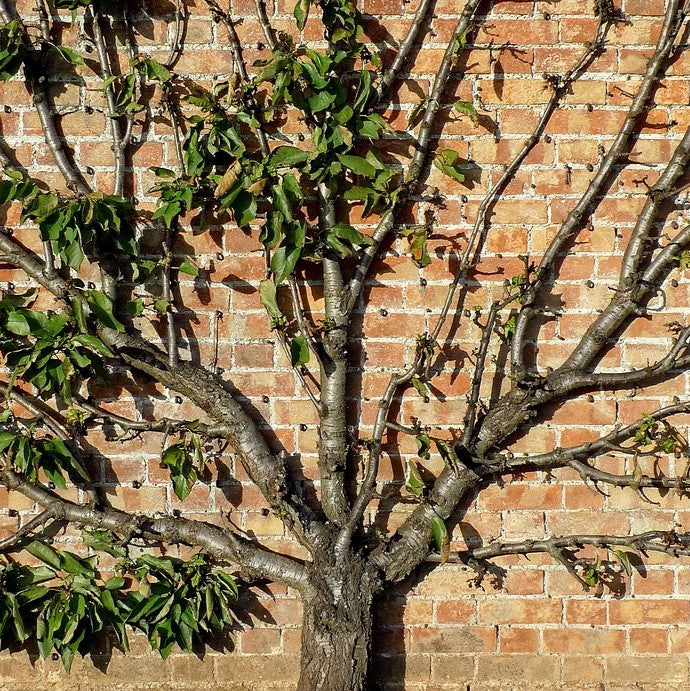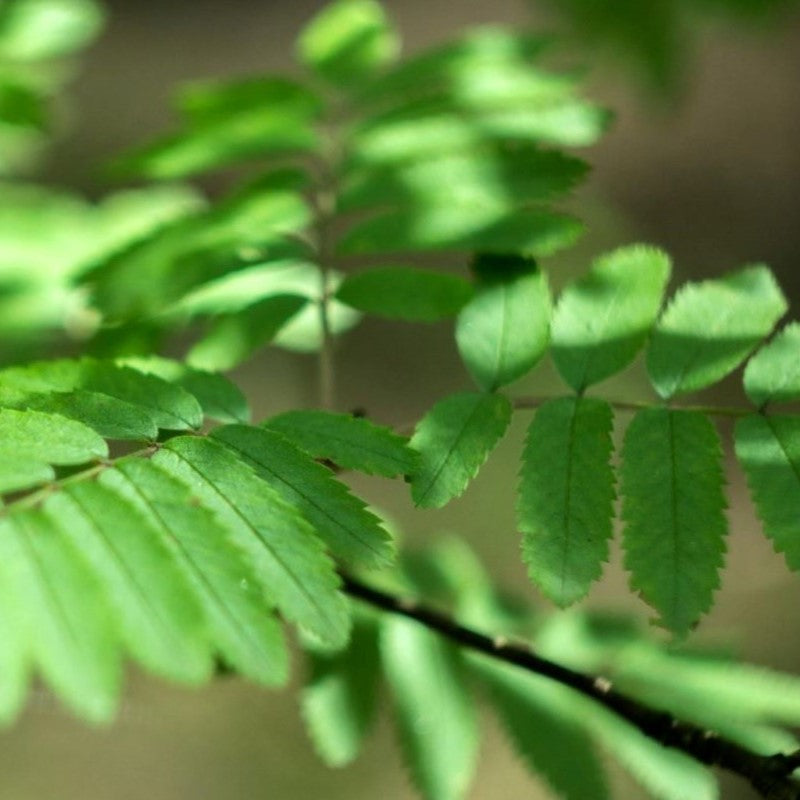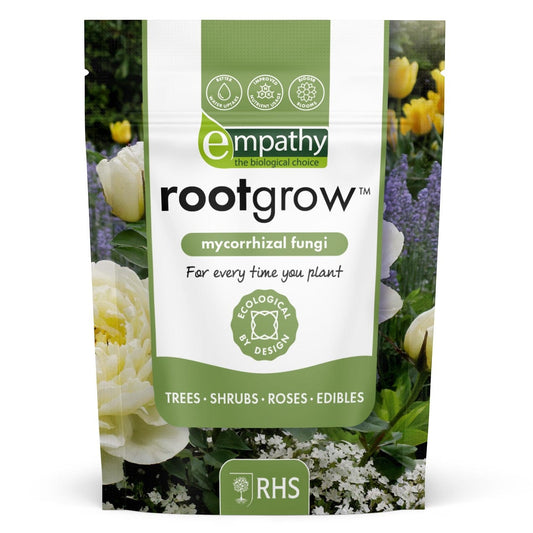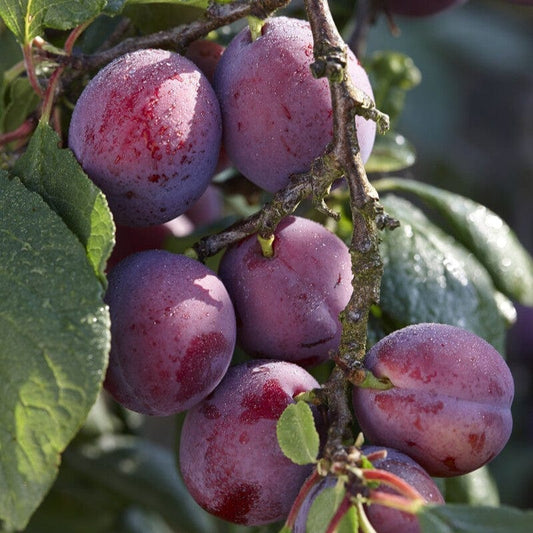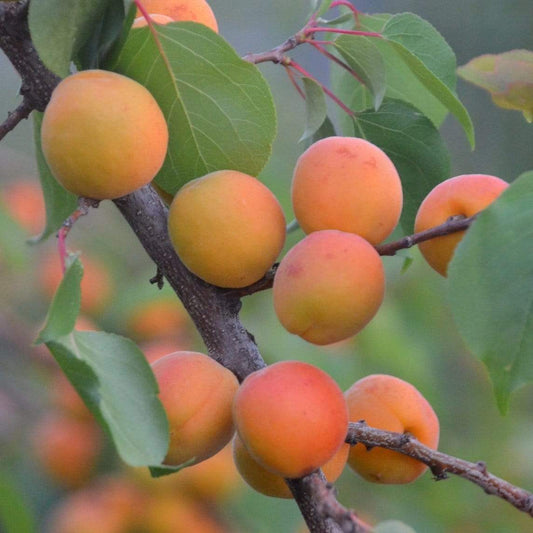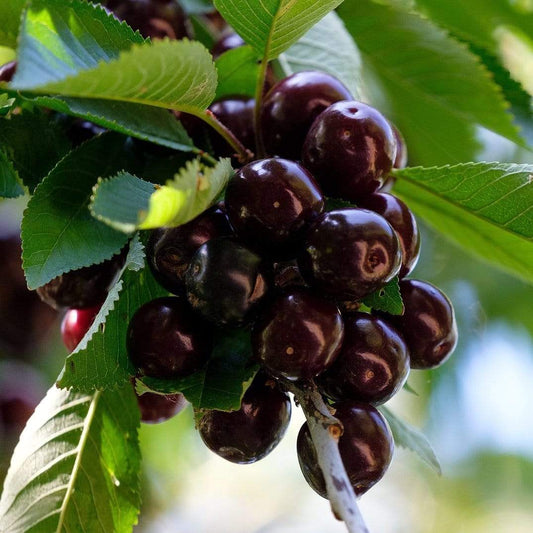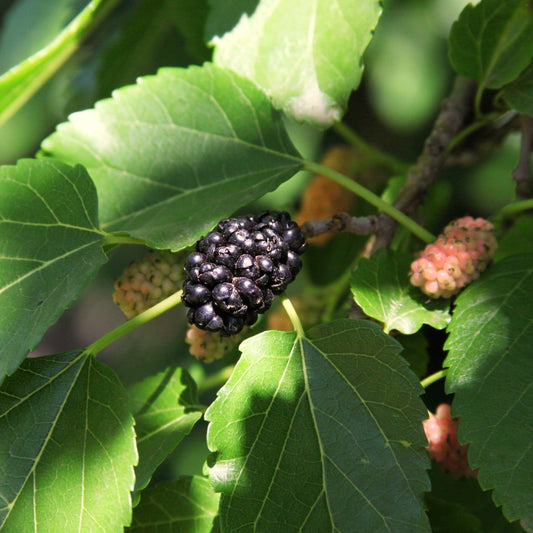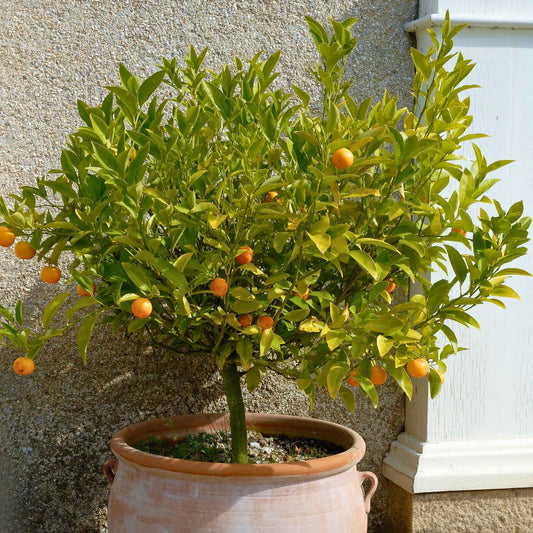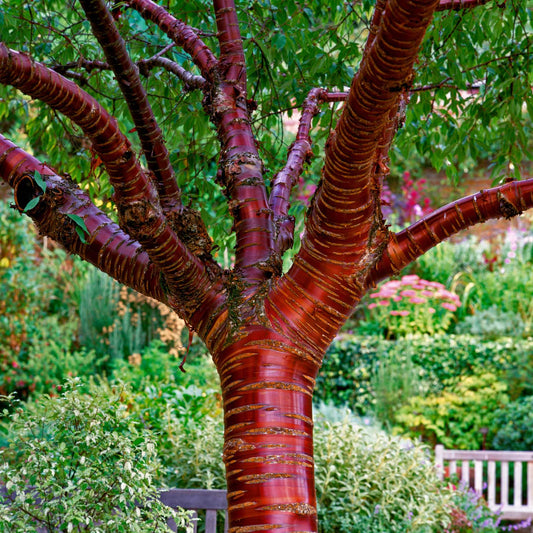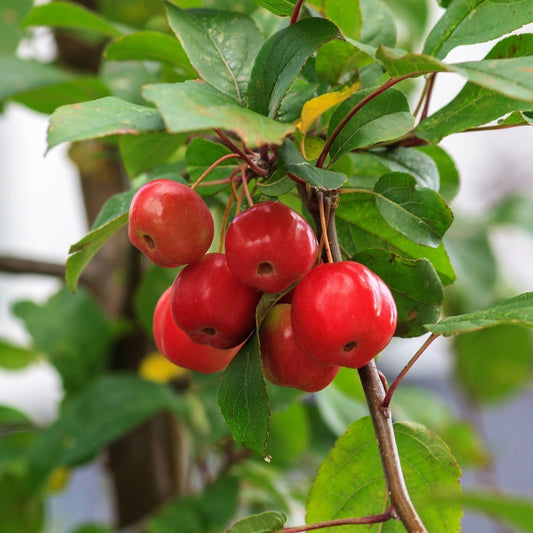How To Plant a Tree: Potted Trees and Bare Root
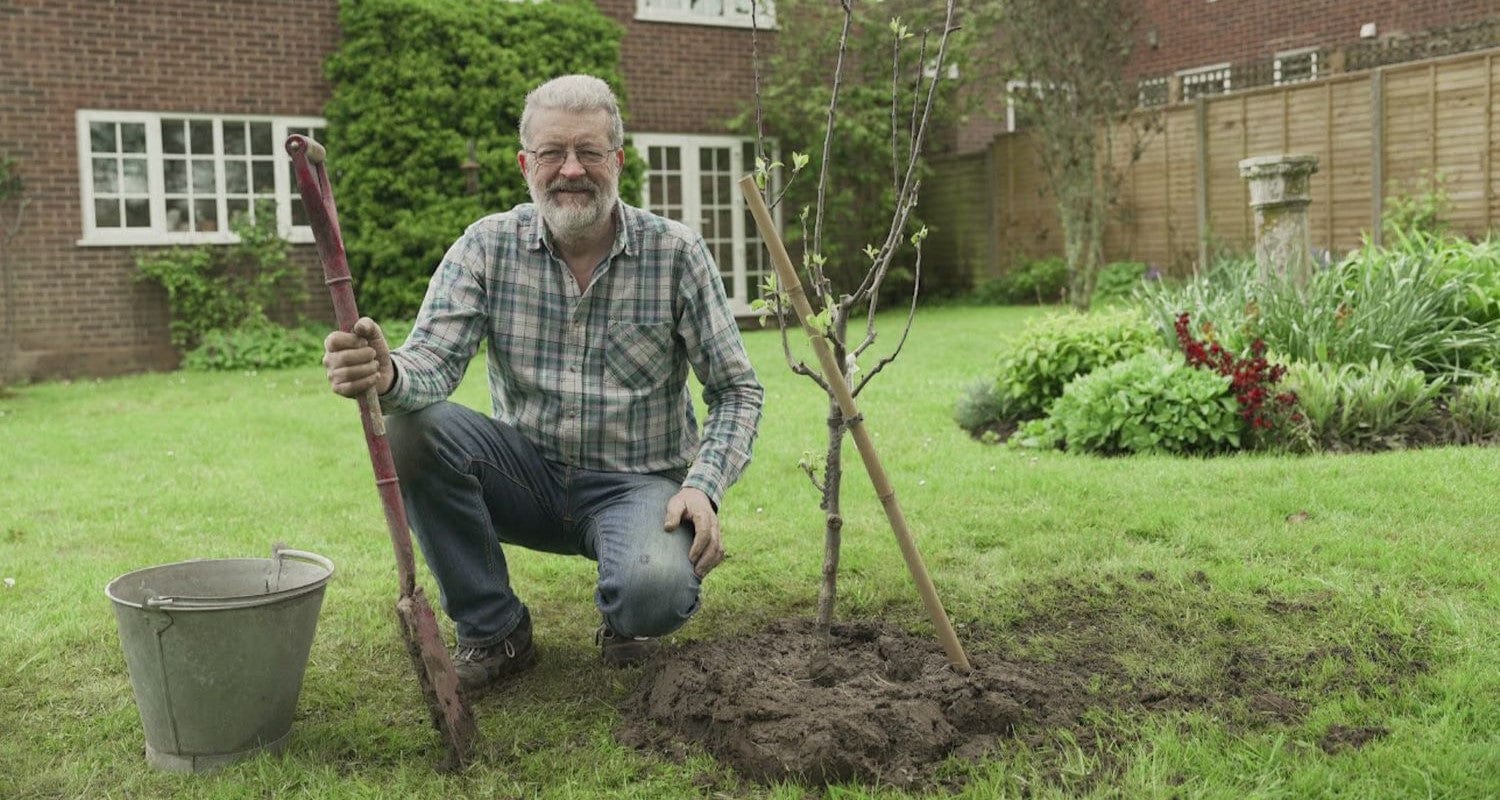
When you buy a tree you might have a choice between potted and bare root. Potted trees are grown in containers with compost around the roots. Bare root trees are dug up from the field during their dormant season and sent to you without a pot or soil. In this post we'll be exploring how to plant both types of tree, as well as some top tips and tricks to help you get the most from your plant.
Jump to:
Potted trees
How to plant a potted tree
- An expert's guide to planting potted trees
- Digging the hole
- Backfilling with compost
- Watering your tree
- Staking your trees
Bare root trees
How to plant a bare root tree
- Bare root trees & how to plant them
- Soaking the roots
- Digging a hole
- Positioning your tree & root grow
- Watering your tree
- Staking in your tree
Watch: How to plant a tree
What is a potted tree?
Potted trees are grown in compost in their containers and can be bought and planted all year round.
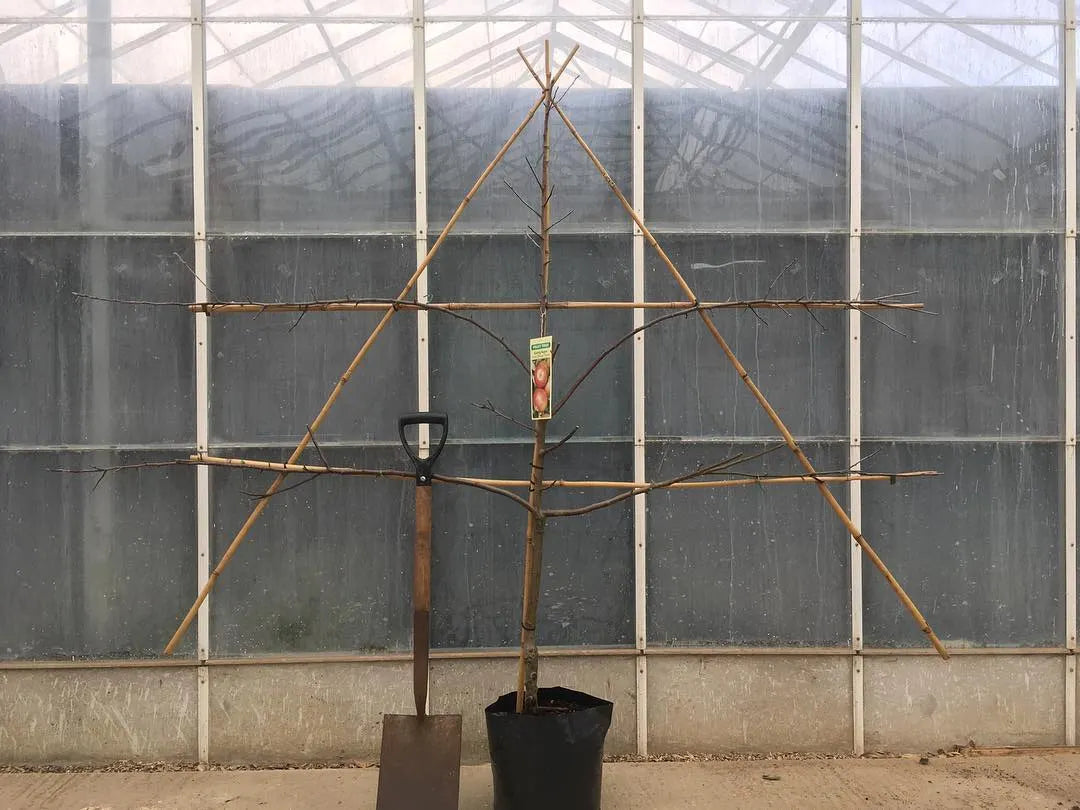
What are the advantages of a potted tree?
- A wider choice of sizes
- Available all year round
- You can see what the tree looks like in leaf/blossom/even fruit
- Some plants (including evergreens) are only available in pots
- Can be easier to plant
- If you’re not able to plant immediately, trees can be kept in their pots for longer
How do you plant a potted tree?
1. Dig the hole
Dig a hole that's 2-3 times larger than the root system and to a depth of around 40cm. Loosen up the earth at the bottom of the hole so the root can easily spread.
2. Backfill the hole
Add multipurpose compost to your hole, this will enrich the soil. Mix more compost into the soil that you are going to be backfilling the hole with. You should use just over 1/2 a bag of compost for planting a single tree.
3. Position your tree
Place your tree in the hole. The surface of the compost in the pot should be level with the surrounding soil. Add or take away soil from the bottom of the hole, accordingly.
4. Backfill the hole and firm in
Fill in your hole with the top soil and multipurpose compost mix. Don't bury the rootstock or first nodule under the soil! Leave a well (slight depression) around the base of the tree.
5. Water your tree
Pour one big bucket of water into the well. This well will hold the water and feed it directly to the roots below. It is critical to thoroughly water in any newly planted tree whatever time of year you plant it!
6. Stake your tree
Stake your tree to help support it during windy weather. After two or three years, the tree should have established a strong enough root system to be able to support itself without the need for a stake.
What is a bare root tree?
Bare root trees are grown in fields and dug up shortly before being sent to you. They are only available in autumn, winter and early spring as this is when they’re dormant (not growing) and don’t need to be in compost, hence the name bare root.
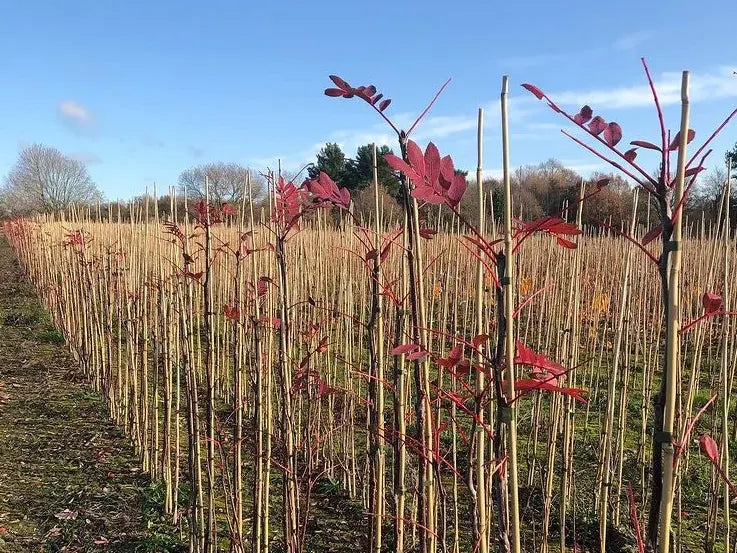
What are the advantages of buying bare root?
- Cheaper, due to reduced packaging and transport costs
- Lighter and easier to transport to their planting place
- A wider choice of varieties
- Can be quicker to establish once planted
- Need less watering when newly planted, due to the season
- More sustainable, due to reduced transport and watering needs
- Fruit trees are easier to train from bare root
How do you plant a bare root tree?
1. Soak the roots
Before planting, put the roots into a bucket of water and leave to soak for 24-72 hours. If you can't plant right away - for instance, if the ground is frozen - then soak the roots in water for 12 hours and then return your plant to the box in a sheltered place. Repeat this every 5-7 days until you're able to plant.
2. Dig the hole
Pick a spot that is in full sunshine (at least six hours of sunlight during spring and summer). Dig a hole that is 2-3 times bigger than the rootball.
3. Position your tree
Place your tree in the hole. Make sure the roots are not jamming themselves in. Add rootgrow now if you have it.
4. Backfill with topsoil and compost
Put the soil back in to a level that is just above the roots. Do not cover up the grafting join between the tree and the rootstock. Leave a well for the next step.
5. Water in
Use the same water that you used to soak the plant. The well that you made in the last step ensures the water goes straight down to the roots feeding the tree exactly where it needs it.
Water your tree once a week during winter and twice a week during the summer time. It is better to water your plants heavily once a week and give them a really good draining rather than watering a little bit everyday.
6. Stake in
Put the stake into the ground and gently tie the trunk to the stake. Don't tie it too tight as this could bury into the tree trunk as it grows. The reason we use a stake is to stop the wind from disturbing the newly developing roots.
Which is best for you?
There's no difference in quality between bare root and container trees, so which type is best for you depends on:
- What time of year you want to plant
- If you want to save money
- Whether you have to carry your tree far
- What size and variety of tree you want
- If you want to train your tree
We’d advise that if you have a choice, buy bare root in autumn or winter, and potted in spring or summer.
Last updated: 22/10/2025
